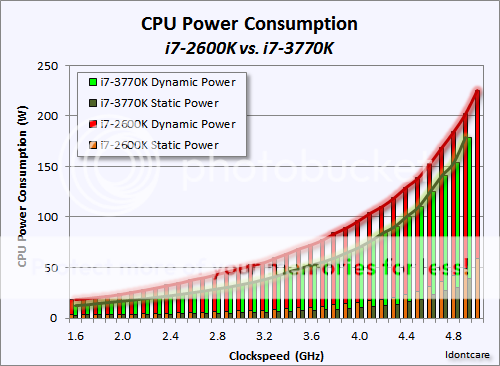What ? would you stop putting words in my mouth ? I said that since a 14core 2.5 ghz Intel with a 35 meg cache (E5-2683v3) only bests my 1700x at stock by a few %, that a 6 core skylake-X I don't think could beat it. Nothing about HEDT. And 6 core 12 thread Ryzens are $219 ! So stop the FUD until you get something to prove your point.
Comparing price points of some value consumer CPUs versus higher end Server CPUs never made sense, it's just silly. You might look for examples on server parts from Zen, if available, it would make a lot more sense. Expect a different price point for this sector. However Zen for server won't come up before Skylake server, any comparison in this regards with Broadwell is meaningless.




